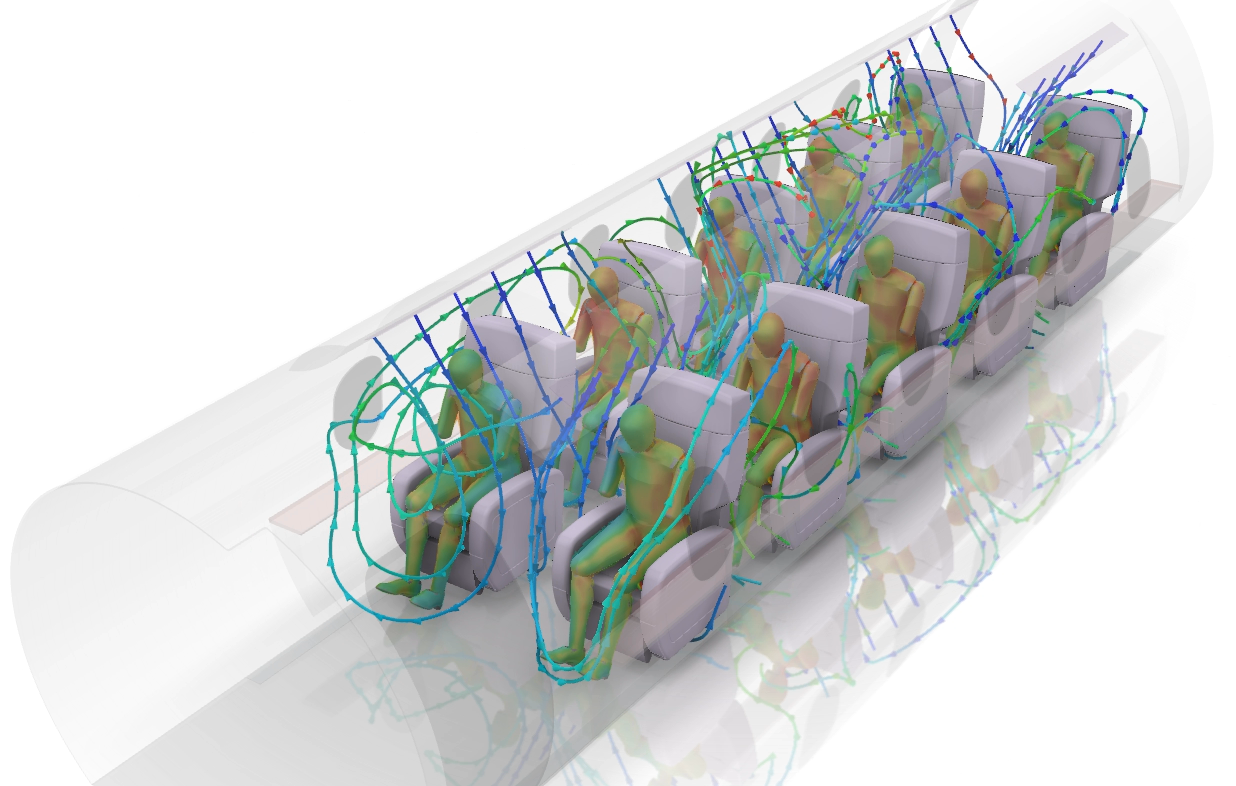
A Simulation Role for the Analyst that validates engineering requirements of complex products using Computational Fluid Dynamics (CFD) simulation techniques with high accuracy.
DESCRIPTION
Fluid Mechanics Analyst permits a seamless switch between applications, allowing users to be product-focused: applying the right tool at the right time in their workflow processes. This allows a much greater degree of flexibility and collaboration in the design and simulation process, where geometry changes are automatically updated and made immediately available on the same platform for the analyst to obtain updated results.
Benefits
- Designer-level steady state CFD does not require extensive specialist-level simulation knowledge or experience
- Intuitive interface utilizing a dedicated User Assistant for CFD set-up requires minimal simulation knowledge
- Improve designs to optimize flow distribution, minimize pressure loss and turbulence.
- Reduced complexity of CFD workflows on a variety of flow scenarios
- Internal flows such as pipes, valves, and ducts with automatic fluid domain extraction, and external flows such as buildings and vehicles with automatic creation of bounding surface of fluid domain
- The dedicated workflow guides users through the principle steps in a CFD and Conjugate Heat Transfer (CHT) simulation giving novice users the ability to set-up and successfully run such a calculation
- Accurate results for complex boundary layer problems and turbulent flows
- Hex dominate meshing with body fitted prism layers provide a higher fidelity simulation for convective flows with accurate capture of the boundary layer to in turn provide accurate wall shear stress and drag calculations
- A suite of standard turbulence models, including k-ω SST and Realizable k-ε, are available to capture the effects of turbulence, as well as a hybrid near-wall treatment to accurately predict boundary layer flows independent of near-wall mesh density
- Reduce computational time for steady state and mildly transient problems
- The steady state solver significantly reduces computational time for inherently steady state flow conditions and conversely, the transient solver accurately captures time varying flow behavior such as vortex shedding

